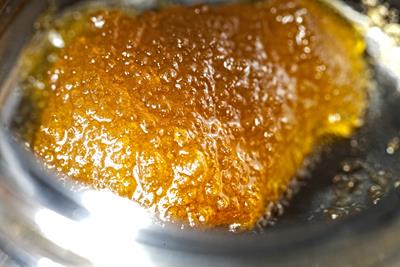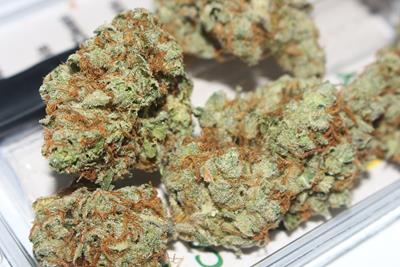
Tuesday August 28, 2018
Updated on 8/3/2021
 Health/Science
Health/Science
It’s no surprise that the cannabis industry is growing at a monumental pace. Both recreational and medical marijuana industries are booming in a growing number of states, ballooning to values worth billions of dollars. But with all the prosperity of an emerging market comes some negative side effects as well. Like any other industry, cannabis generates a fair amount of waste during production – most notably chemical waste.
With cultivators using hundreds of gallons of nutrients a day in legal states and processors needing a stockpile of solvents to create high-quality concentrates, there’s no question the cannabis industry has an impact on the environment.
Despite the potential for negative environmental impacts, there are many companies dedicated to green, environmentally-conscious operations. In fact, there are several ways these companies are helping reduce their carbon footprints. Today, we’re going to look a little closer into the concentrate side of things and how manufacturers are implementing processes like solvent recovery and recycling to reduce environmental impact in the cannabis industry. Haven’t ever heard of solvent recovery or recycling before? Keep reading to learn more about this eco-friendly trend.
Current Environmental Impact of the Cannabis Industry
As the legal cannabis industry continues to grow, it will undoubtedly need to use more and more resources while it scales – specifically in the concentrate sector. The rise of concentrates has caused many producers to kick into overdrive with their product lines, many of which utilize hydrocarbon extraction methods. It’s important to note that many other industries use hydrocarbon solvents in their operations, however, they can be very detrimental to the environment if not disposed of properly.

As it stands right now, the environmental impact of the black market is much more damaging than the legal cannabis industry. That’s because every legal state has a plan of action for cannabis waste and chemical waste resulting from marijuana operations. Unsurprisingly, the black market neglects the environment in favor of profits and staying under the radar of the law.
The negative impacts of the black market are becoming a major concern for environmentalists. In an effort to distance themselves from the black market, many legal cannabis companies are working hard to implement sustainable practices for their businesses and products. For concentrate manufacturers, that means things like recycling solvents through solvent recovery systems after a “run” or “wash” is conducted. Not only does solvent recovery help save concentrate extractors money, but it also reduces the amount of hazardous waste recycling in America.
What is Solvent Recovery and Recycling?
At its core, solvent recovery is fairly straightforward. After a solvent is used in the extraction process, it is re-collected (usually via vacuum separation or inline attachments of a closed-loop extraction system) and filtered through a distillation process to be used again in the future.

Essentially, the collected solvent is heated in special distillation equipment until it boils and condenses into steam vapor. The resulting vapor is then collected and directed into a cooled condenser. Once cooled, the solvents regain their liquid form and are ready to be used again for extraction purposes. Of course, there’s a fair degree of total mass lost each time a solvent is recovered but in the long run it can result in huge savings for the company and much less strain on the environment. Additionally, there are ways to minimize the amount of solvent lost in the process.
Increasing the Effectiveness of Solvent Recovery with Chillers
The amount of solvent lost during the recovery process is highly dependent on the equipment used – most importantly the effectiveness of the cooling mechanism. Simply put, the colder you can get your collected solvent, the faster it will cool and be available to re-use. One of the easiest and most effective ways concentrate producers get their cooling times down is by using chillers. On top of reduced cooling times, chillers can also greatly improve the percentage of solvent that is recovered and increase the cost-effectiveness of an extraction operation.
In some instances, purpose-built chillers have been reported to increase solvent recovery from 40-60% all the way up to 99.5%.
Benefits of Solvent Recovery and Recycling
Solvent recovery is such a common practice because it’s effective and fairly simple to do with the right equipment. And with the high price point of chemical solvents, it’s also an extremely cost-effective addition to any business who utilizes hydrocarbon extraction methods. To recap, here are some other awesome reasons why legal cannabis businesses are implementing solvent recovery procedures into their operations:
Benefits of Chillers in Solvent Recovery:
- Less chemical waste
- Eco-friendly operations
- Re-use of recycled solvents (increased recovery with chillers)
- Less overall solvent use in the cannabis industry over time
Of course, there are many other initiatives the cannabis industry is working on to reduce its environmental impact and lots more we could do as a whole to improve! It’s great to see so many companies working towards a “greener” future though and hopefully more companies will continue to take that initiative moving forward. Only time will tell!
Are there any other methods you feel could help reduce the cannabis industry’s impact on the environment? Share them in the comments below!







